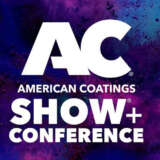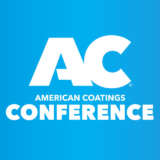March 2024
ACS Preview 2024
Preview 2024

The American Coatings Show and Conference 2024

Andy Doyle, President and CEO of the American Coatings Association

Prepare for an immersive coatings experience
Content

Robert Roop, Axalta Coating Systems

Interview with Dan Wu, Dow Coating Materials

Interview with Cheryl Matthews, American Coatings Association

Interview with Rigoberto Advincula, University of Tennessee, Knoxville

Plenty of new books for the coatings industry available

Interview with Jim Reader, Evonik Coating Additives

Interviews with exhibitors

Interview with Heidi McAuliffe, American Coatings Association

Editorial by Brett Rodgers, PaintCare

Matching employers and job seekers

Interview with Alisha Bellezza, PPG

Facts and figures

Interview with Ingo Krull, Arxada

Interview with Artur Palasz, Spektrochem

Join the fun at the 2024 ACS Fun Run
Service

Handy helpers for the show and conference

Info and details

Getting to Indy and where to stay

Get acquainted with Indy
